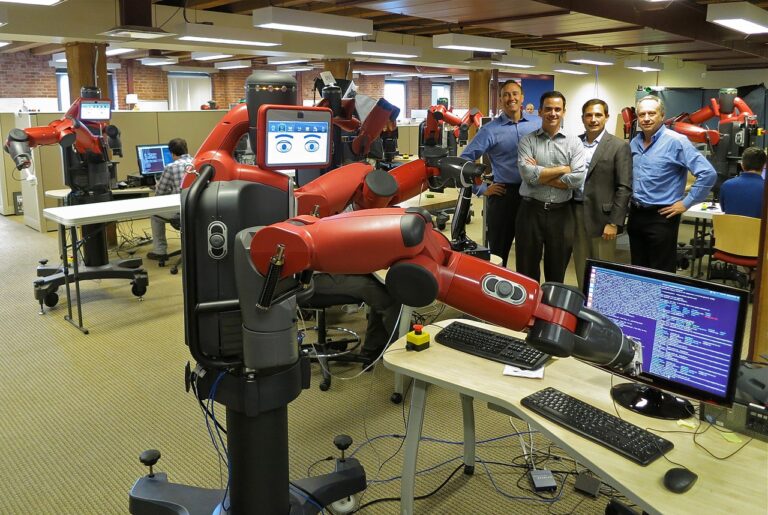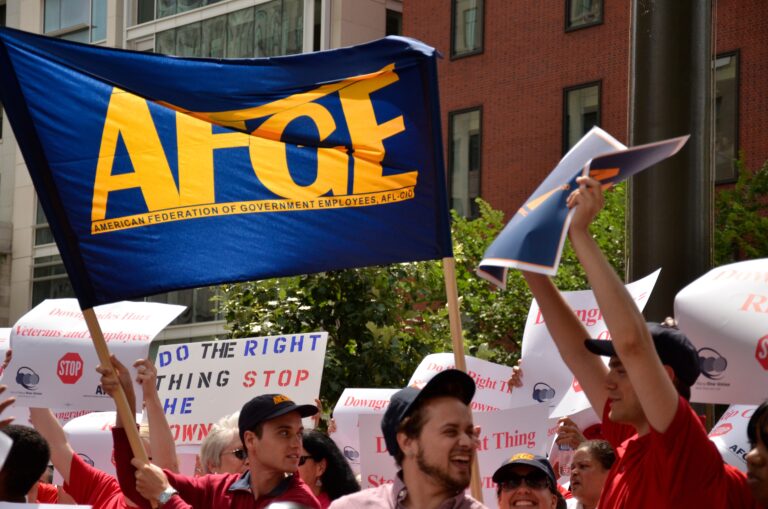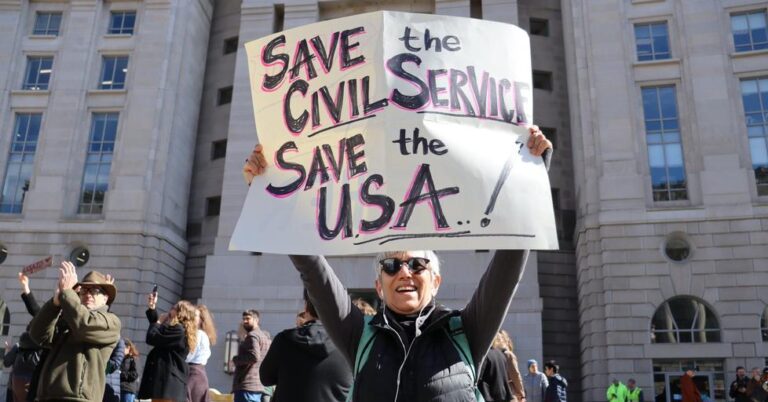Yesterday, President Trump made his first public appearance in five days, speaking with local workers in Richfield, Ohio. ABC News reports that he publicized his administration’s $1.5 trillion infrastructure plan, expressing openness to a piecemeal approach in recognition of Congress’s lack of movement on the proposal. Richard Trumka, president of the A.F.L.-C.I.O., expressed his skepticism to the New York Times: “He and Congress didn’t blink whenever they shelled out a trillion and a half dollars in tax giveaways for the rich, but we haven’t seen a nickel yet for infrastructure. He can talk about it forever, but he’s got to do something.” The New York Times also reports that, during his remarks, Trump suggested that he might delay his recent trade agreement with South Korea.
The Santa Fe New Mexican, in partnership with the ProPublica Local Reporting Network, reports that five federal advisory committees on workplace safety and whistleblower protections have stopped working under the Trump Administration. One such committee was disbanded via executive order last year, two others have congressional charters that will expire in the coming months, and none have met during at least the past nine months. Without the advisory boards in place, there are a number of issues that are not reaching the federal government. “I would normally bring [a shipyard-related issue]” to the council, said Gregory Junemann, a labor president and former member of the Federal Advisory Council on Occupational Safety and Health, “but there is no [council] to bring it to. . . . I think workers are going to continue to hang on for dear life, hoping they will do so until the next administration.”
The Pew Research Center released data, obtained from U.S. Citizen and Immigration Services, showing that large East Coast and Texas metropolitan areas employed the most high-skilled workers with H-1B visas from 2010 to 2016. New York City led in terms of overall numbers, followed by Dallas, Washington, D.C., and Boston. Silicon Valley, on the other hand, had a much lower number of H1-B visas, just making it into the top ten metropolitan areas by total H1-B visa approvals. The U.S. government approved more than 859,600 H1-B visa applications between 2010 and 2016, though this number could go down during the Trump Administration due to stricter requirements.






Daily News & Commentary
Start your day with our roundup of the latest labor developments. See all
December 5
Netflix set to acquire Warner Bros., Gen Z men are the most pro-union generation in history, and lawmakers introduce the “No Robot Bosses Act.”
December 4
Unionized journalists win arbitration concerning AI, Starbucks challenges two NLRB rulings in the Fifth Circuit, and Philadelphia transit workers resume contract negotiations.
December 3
The Trump administration seeks to appeal a federal judge’s order that protects the CBAs of employees within the federal workforce; the U.S. Department of Labor launches an initiative to investigate violations of the H-1B visa program; and a union files a petition to form a bargaining unit for employees at the Met.
December 2
Fourth Circuit rejects broad reading of NLRA’s managerial exception; OPM cancels reduced tuition program for federal employees; Starbucks will pay $39 million for violating New York City’s Fair Workweek law; Mamdani and Sanders join striking baristas outside a Brooklyn Starbucks.
December 1
California farmworkers defend state labor law, cities consider requiring companies to hire delivery drivers, Supreme Court takes FAA last-mile drivers case.
November 30
In today’s news and commentary, the MSPB issues its first precedential ruling since regaining a quorum; Amazon workers lead strikes and demonstrations in multiple countries; and Starbucks workers expand their indefinite strike to additional locations. Last week, the Merit Systems Protection Board (MSPB) released its first precedential decision in eight months. The MSPB had been […]